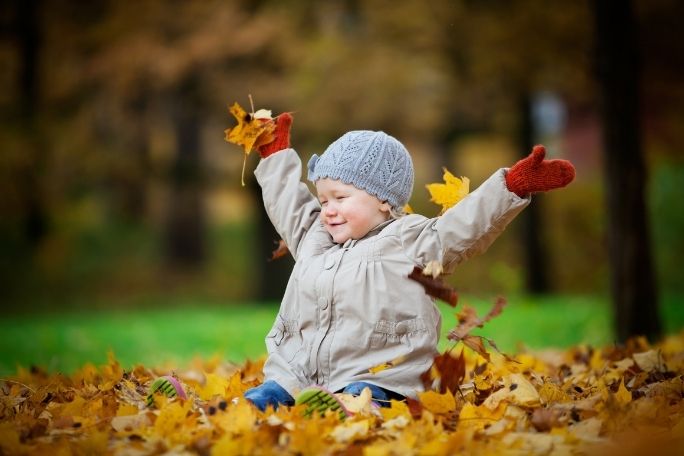Lesson Summary
Children will visit a local park or environment and will explore a range of natural resources, such as sticks, pebbles, leaves, seed pods, rocks, bark, flowers. They will sort these materials into groups in different ways, and then use them to create patterns, drawings and sculptures.
Activity Intention:
- This activity is designed to take place in a local park, bushland area or wild space (beach, forest, creek, or bush).
Lesson guides and printables
Lesson details
Curriculum Mapping
EYLF Learning Outcomes:
Learning Outcome 1: Children have a strong sense of identity
1.2 Children develop their emerging autonomy, inter,dependence, resilience and sense of agency
Learning Outcome 2: Children are connected with and contribute to their world
2.3 Children become aware of fairness
Learning Outcome 4: Children are confident and involved learners
4.1 Children develop dispositions for learning such as curiosity, cooperation, confidence, creativity, commitment, enthusiasm, persistence, imagination and reflexivity
4.2 Children develop a range of skills and processes such as problem solving, inquiry, experimentation, hypothesising, researching and investigating
4.3 Children transfer and adapt what they have learned from one context to another
Learning Outcome 5: Children are effective communicators
5.1 Children interact verbally and non,verbally with others for a range of purposes
5.3 Children express ideas and make meaning using a range of media
5.5 Children use information and communication technologies to access information, investigate ideas and represent their thinking
Resources Required
Supporting resources:
- Cool Australia Factsheet ‘The Benefits of Connecting to Nature’
Cool Australia Presents… Biodiversity from Cool Australia on Vimeo.
Other resources:
Additional Info
This is an original Cool.org lesson. Facts and figures mentioned may have changed since this lesson was published. We always endeavour to update our resources in a timely manner, but if you see an error or issue in our resources please get in touch with us.













Welcome back!
Don't have an account yet?
Log in with:
Create your free Cool.org account.
Many of our resources are free, with an option to upgrade to Cool+ for premium content.
Already have an account?
Sign up with:
By signing up to Cool.org you consent and agree to Cool's privacy policy to
store, manage and process your personal information. To read more, please see
our privacy policy here(Opens in new tab).